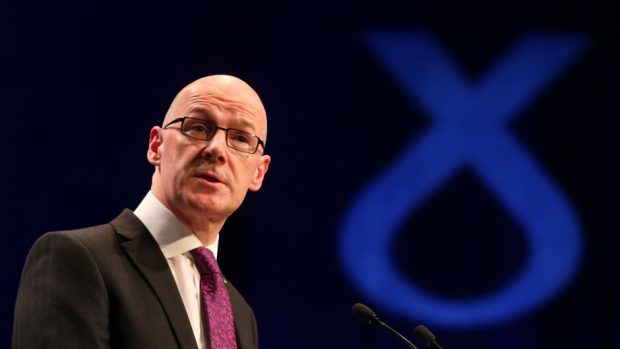Concerns have been raised over the proposed merger of Shetland College, Train Scotland and the North Atlantic Fisheries College.
The Educational Institute of Scotland (EIS), the country’s largest union for teachers and lecturers, has written to John Swinney, Deputy First Minister and Cabinet Secretary for Education.
The EIS has raised particular concern over a recent suggestion that any newly-merged institution would be “unincorporated” and therefore sit outwith the governance arrangements for Scotland’s public sector Further Education colleges.
EIS general secretary Larry Flanagan writes: “Whilst the EIS is supportive of the proposed merger, it has significant concerns about recommendations which are emerging from the shadow project board that any new entity will be an unincorporated body.
“The EIS believes that this move would be detrimental to the security of educational provision in Shetland, with delivery being undertaken by a company limited by guarantee which would not be subject to the same governance arrangements in place for incorporated colleges in Scotland.”
Mr Flanagan also warned that appropriate scrutiny of the spending of public money would be put at risk under the proposed model: “Unincorporated bodies are not public bodies and do not have the same level of accountability enshrined in statute as incorporated bodies. Incorporated bodies are regulated by Scots law and are accountable to the Scottish Parliament.”
In addition to writing to the Deputy First Minister, the EIS has also written to the Scottish Funding Council for Further and Higher Education, raising the same concerns.










